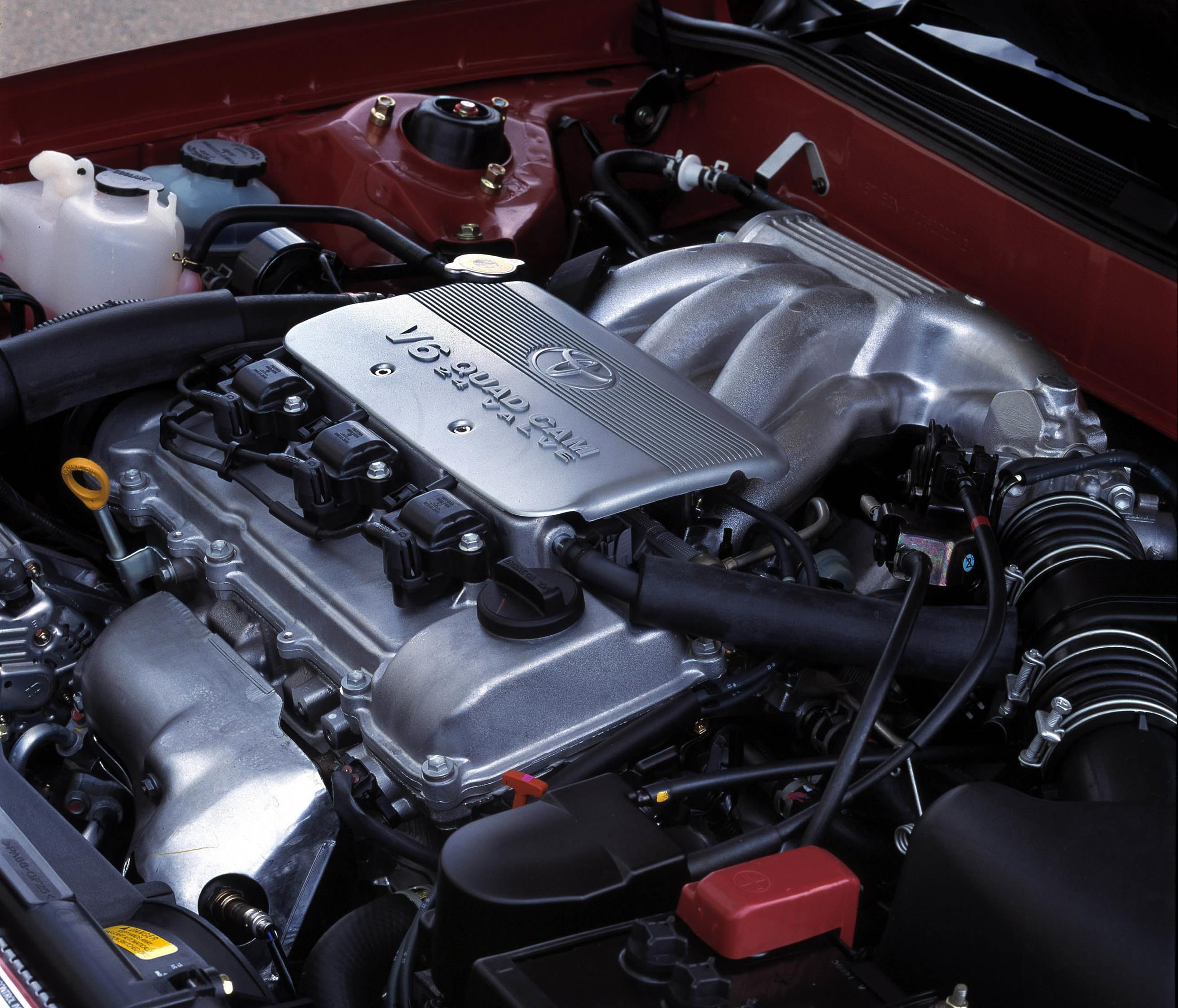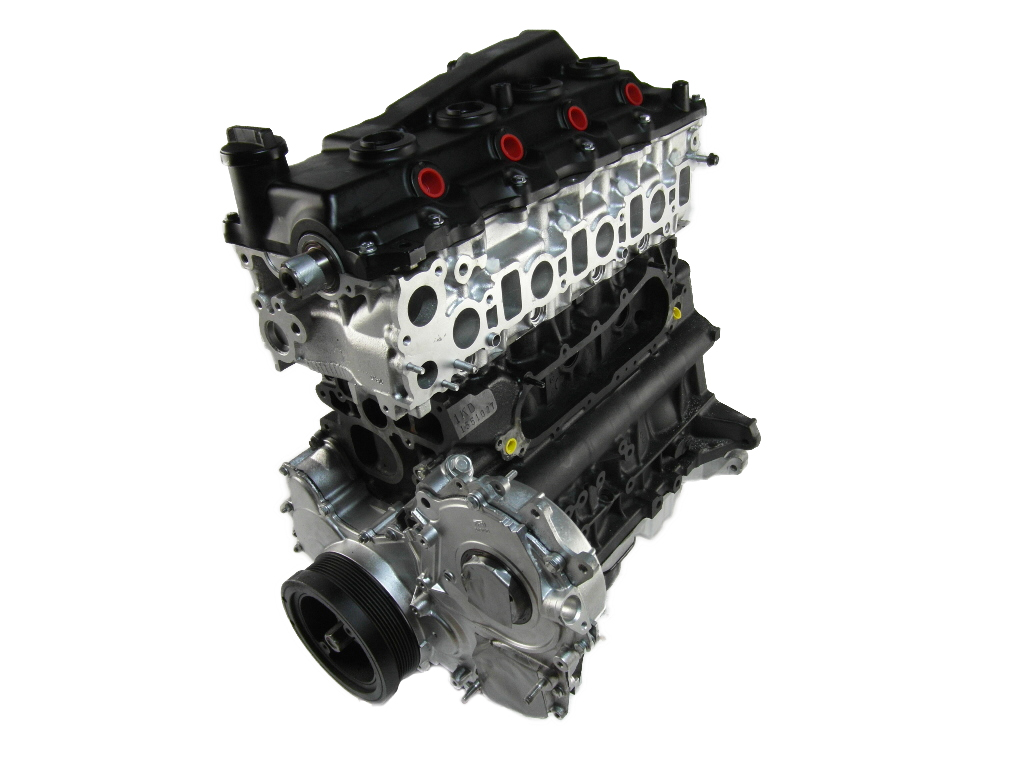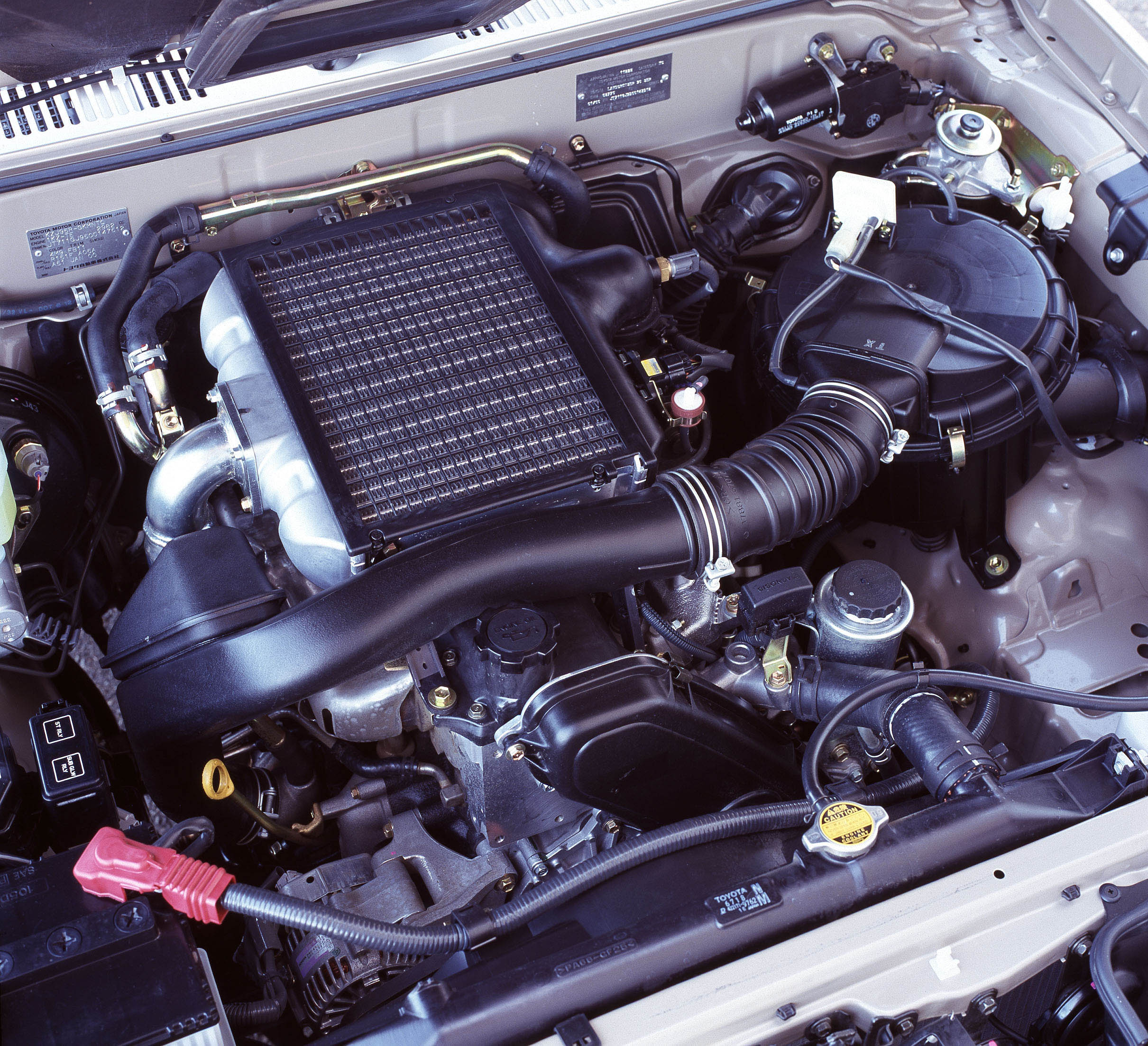Introduction
The SH-VPTR and SH-VPTS are 2.2-litre turbo-diesel engines that are offered with and without Mazda’s ‘i-ELOOP’ system, respectively. Marketed under the ‘SkyActiv-D’ label, the SH-VPTR and SH-VPTS diesel engines effectively replaced the 2.2-litre MZR-CD R2 2008 engine. In Australia, the SH-VPTR and SH-VPTS engines have been offered in the Mazda KE CX-5, GJ Mazda6 and BM Mazda3 (see table below).
For simplicity, this article will generally refer to the SH-VPTR and SH-VPTS engines as the 2.2 SkyActiv-D.
| Code | Model | Engine | Trans. | Power | Torque | Years |
|---|---|---|---|---|---|---|
| SH-VPTS | Mazda KE CX-5 | 2.2-litre twin-turbo diesel I4 | 6sp auto | 129kW at 4500rpm | 420Nm at 2000rpm | 2012-16 |
| SH-VPTS | Mazda KF CX-5 | 2.2-litre twin-turbo diesel I4 | 6sp auto | 129kW at 4500rpm | 420Nm at 2000rpm | 2017-on |
| SH-VPTR | Mazda GJ Mazda6 | 2.2-litre twin-turbo diesel I4 | 6sp auto | 129kW at 4500rpm | 420Nm at 2000rpm | 2012-16 |
| SH-VPTR | Mazda GL Mazda6 | 2.2-litre twin-turbo diesel I4 | 6sp auto | 129kW at 4500rpm | 420Nm at 2000rpm | 2016-on |
| SH-VPTR | Mazda BM Mazda3 XD Astina | 2.2-litre twin-turbo diesel I4 | 6sp man., 6sp auto |
129kW at 4500rpm | 420Nm at 2000rpm | 2014-16n |
Block and cylinder head
The 2.2 SkyActiv-D engine had an aluminium alloy block and is understood to have a chain-driven, cassette type-balancer unit which consisted of two balancer shafts that rotated at twice the speed of the crankshaft to offset secondary inertia forces.
The 2.2 SkyActiv-D engine had an aluminium alloy cylinder head with chain-driven double overhead camshafts (DOHC) and four valves per cylinder that were actuated by roller rocker arms.
Turbocharger
The 2.2 SkyActiv-D had sequential, two-stage turbocharging in which:
- A small turbine operated in isolation at low engine speeds; and,
- Then operated in conjunction with a larger turbine for higher loads.
According to Mazda, two-stage turbocharging was utilised to provide ‘smooth and linear response at low and high engine speeds, and greatly increases low- and high-end torque (up to the 5,200 rpm rev limit).’.
Injection and low compression
In contrast to the solenoid injectors of the MZR-CD R2 2008 diesel engine, the 2.2 SkyActiv-D had common-rail injection via multi-hole piezo injectors. Significantly, the 2.2 SkyActiv-D engine had a compression ratio of 14.0:1 which, according to Mazda:
- Enabled better air:fuel mixture formation (in combination with convex piston tops) for more uniform combustion and lower nitrous oxides (NOx) emissions;
- Provided a higher expansion ratio than in conventional high compression diesel engines for better fuel efficiency; and,
- Put less strain on engine parts, reducing mechanical friction and enabling the use of lightweight materials and components, e.g. aluminium block, and thinner cylinder head and cylinder walls. According to Mazda, internal friction for the 2.2 SkyActiv-D engine was 20 per cent lower than the MZR-CD R2 2008.
While such low compression ratios would historically have produced a compression-ignition temperature that was too low for reliable cold starts and efficient cold temperature operation, Mazda used ceramic glow plugs to heat the combustion chamber for cold starts and precise injection control. To prevent misfiring during warm-up, the 2.2 SkyActiv-D engine had variable exhaust valve lift (VVL). During the intake stroke, the exhaust valves would be opened slightly to recirculate hot exhaust gas back into the cylinder to increase the air temperature.
i-stop
While conventional idle stop systems relied solely on a starter motor to restart the engine, Mazda’s i-stop used combustion and the starter motor in combination. Specifically,
- Fuel would be injected into the cylinder and ignited to generate downward piston force; and,
- The electric-powered stater motor would be used to provide some momentum during the initial restart phase.
To restart the engine using combustion, the cylinders had to be shut down in the compression stroke for SkyActiv-D diesel engines; for the SkyActiv-G engines, the cylinders had to be shut down in the ignition/expansion stroke. As such, i-stop differed to conventional systems which only identified which cylinder was in the correct stroke position after the start motor had turned the crankshaft to commence the restart, a process which delayed restart and required extra energy. According to Mazda, its restart times of 0.35 seconds for the SkyActiv-G and 0.40 seconds for the SkyActiv-D engine were industry bests.
SH-VPTR engine: i-ELOOP
The SH-VPTR engine – which powered the Mazda GJ Mazda6 and Mazda BM Mazda3 – included Mazda’s ‘i-ELOOP’ (Intelligent Energy Loop) brake energy regeneration system. When the driver released the accelerator pedal, a variable voltage alternator (12 volt to 25 volt) was driven by the rotation of the tyres to generate electricity which was transferred to a capacitor. For i-ELOOP, Mazda used an electric double-layer capacitor (EDLC) rather than a dedicated battery to quickly capture and temporarily store electricity. The EDLC would fully charge in seven (7) to ten (10) seconds, within the typical ten second deceleration cycle.
After charging the EDLC, the DC/DC converter would step down the voltage of the electricity in the EDLC to 12 volts to power components like the climate control and audio systems, while any surplus electricity went to the starter battery. Depending on load, a full capacitor charge was sufficient to power the vehicle’s electrical systems for a minute.
Diesel particulate filter (DPF) and emissions
The 2.2 SkyActiv-D engine had a diesel particulate filter (DPF) which is understood to use a highly thermal resistant material for its ceramic monolith and have oxygen passages within the internal structure of the ceramic support matrix so that oxygen can be used for PM combustion.
The 2.2 SkyActiv-D engine satisfied exhaust gas emissions standards – such as Euro VI in Europe, Tier2Bin5 in North America and the Post New Long-Term Regulations in Japan – without the use of after-treatment systems, such as urea-based Selective Catalytic Reduction (SCR) and NOx absorption catalysts (Lean NOx Trap or LNT).






